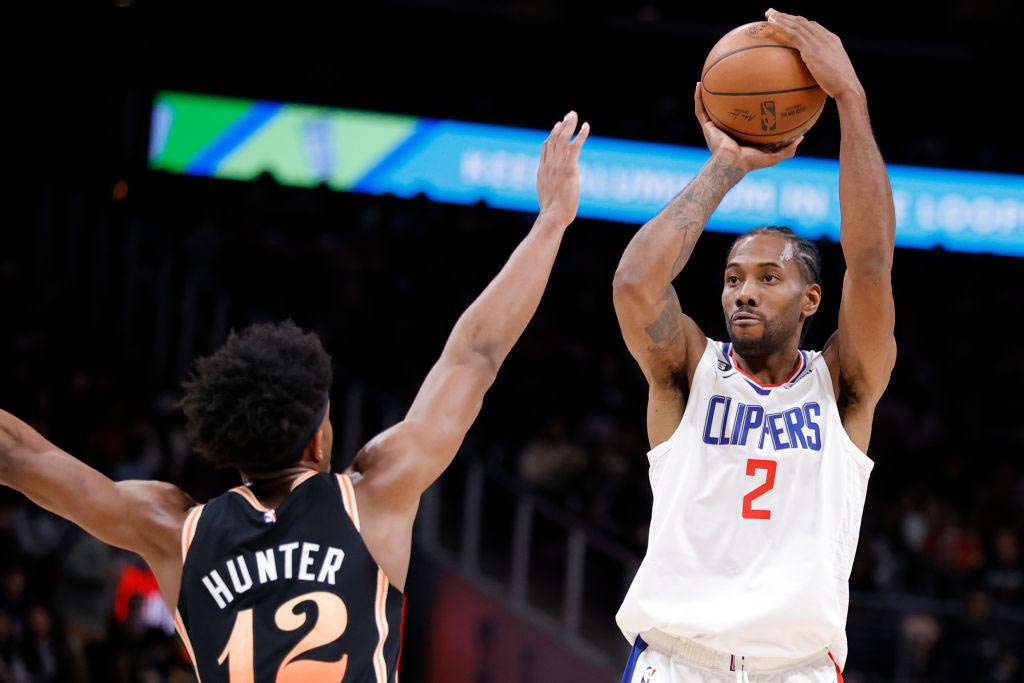Broadcast Is Still Big League When It Comes to Sports, Nexstar Says
Fans prefer local stations to streaming, station group tells investors

In a pitch to investors, executives from Nexstar Media Group talked up the virtues of broadcast, saying high-profile sports programming draws bigger audiences on traditional TV than streaming.
“The world has begun to wake up again to the benefits of the broadcast business model,” Nexstar president and chief operating officer Tom Carter said. “As they say, what’s old is new again.”
In particular, Carter asserted, “broadcast has again proved to be the most important medium for engaging valuable live sports audiences.”
He noted that overall NFL audiences on broadcast networks were up substantially in 2022, but not on Amazon Prime Video, which for the first time had exclusive national TV rights to the league’s Thursday Night Football package.
“We see this acutely head-to-head in the local markets where the Thursday-night football games aired both on broadcast but also on Amazon Prime,” Carter said.
“In markets where audiences had a choice of where to watch the game, 67% of the NFL viewers chose to watch their in-market game on their local broadcast stations rather than on Amazon Prime,” he said. “Audiences prefer local broadcast delivery, where they can avoid technical challenges and they have a local station they know and trust with the shoulder programming that they prefer.”
Broadcasting & Cable Newsletter
The smarter way to stay on top of broadcasting and cable industry. Sign up below
Broadcast is not only stronger than streaming, it beat cable — particularly regional sports networks that are under pressure from cord-cutting.
“We saw it with owners of sports teams outside of football looking to maximize their local audience and franchise value by returning to broadcast TV,” Carter said.
Nexstar made a deal to carry 15 Los Angeles Clippers NBA games on KTLA Los Angeles and some of its other stations in California.
“What is interesting is that in the over eight games so far, KTLA has delivered a total audience that is 55% larger than the 29 games previously aired in the RSNs,” he said.
Compared to streaming, broadcast is a better business proposition, he told the investors. The big streamers have been paying billions for content and losing money to attract subscribers. Recently those losses have become less palatable to investors.
“There is an appropriate, heightened investor focus on free cash flow generation as the primary method of creating shareholder value, which favors the broadcast models,” Carter said.
Despite the losses being piled up as traditional media companies attempt to pivot to streaming, some investors are wary about investing in old-fashioned TV, Nexstar chief financial officer Lee Ann Gliha said.
Gliha pointed to projects that indicated that at least 50% of the adult population is unlkely to drop their traditional pay TV service. “There is no expectation for subscribers to fall off a cliff,” she said, pointing to data from SNL Kagan.
Also: Virtual MVPDs Added Over 1 Million Users in Q3, Offset Huge Linear Pay TV Losses
“Investors are worried that there is not much of a future for our broadcasting business model,” Gliha said. “But the truth is, if you look at long-term industry projections, they imply that Nexstar’s business should generate long-term revenue growth and that the market perception surrounding the decline of advertising and distribution revenue is over exaggerated.”
Nexstar stock rose 1.63% to $204.77 a share in trading Tuesday (January 31), at one point hitting a 52-week high of $204.89. ■
Jon has been business editor of Broadcasting+Cable since 2010. He focuses on revenue-generating activities, including advertising and distribution, as well as executive intrigue and merger and acquisition activity. Just about any story is fair game, if a dollar sign can make its way into the article. Before B+C, Jon covered the industry for TVWeek, Cable World, Electronic Media, Advertising Age and The New York Post. A native New Yorker, Jon is hiding in plain sight in the suburbs of Chicago.

